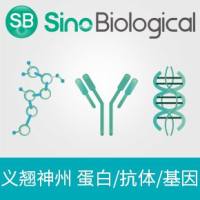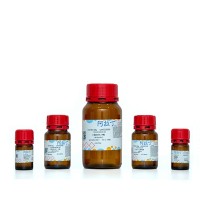An Oligonucleotide Crosslinking Assay for the Analysis of Individual DrugBinding Sites
互联网
互联网
相关产品推荐

软骨素酶AC 来源于肝素黄杆菌,9047-57-8,重组, expressed in <i>E. coli</i>,≥200 units/mg protein, For Chondroitin Sulfate Analysis,阿拉丁
¥7138.90

SARS-CoV-2 (2019-nCoV) Nucleocapsid/N Antibody Titer Assay Kit | SARS-CoV-2 (2019-nCoV) Nucleocapsid/N Antibody Titer Assay Kit
¥5000

硫酸铈铵分析滴定液,Analysis of titration solution,0.1M,阿拉丁
¥386.90

日落黄标准溶液,2783-94-0,分析标准品, 0.500mg/ml in water,for food analysis,阿拉丁
¥216.90

1,4-二甲基-1H-咪唑-5-羧酸,78449-67-9,≥95%(elemental analysis),阿拉丁
¥1999.90
相关问答

